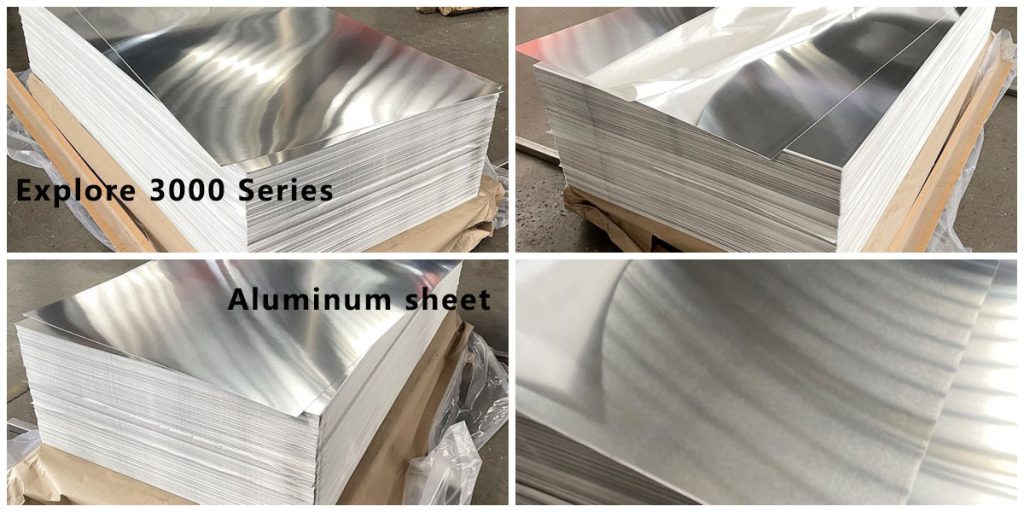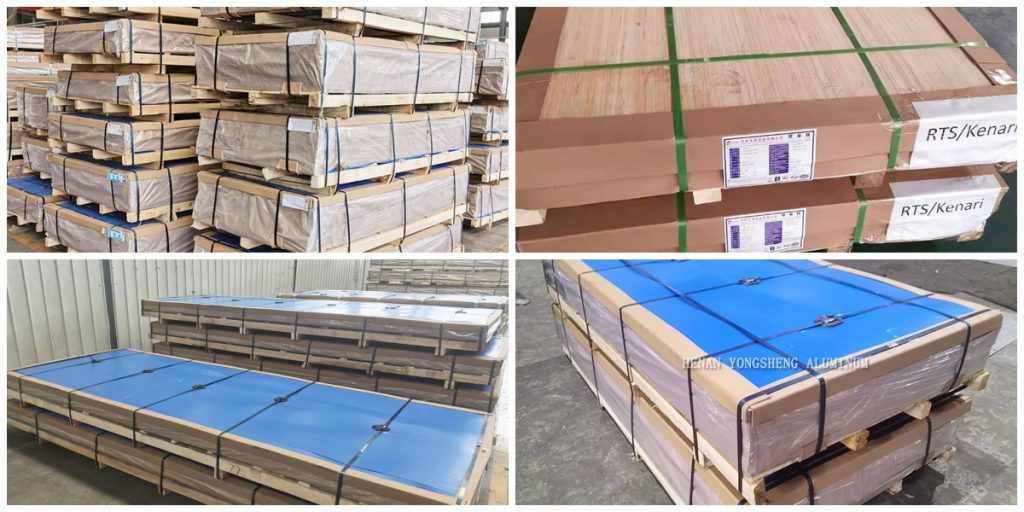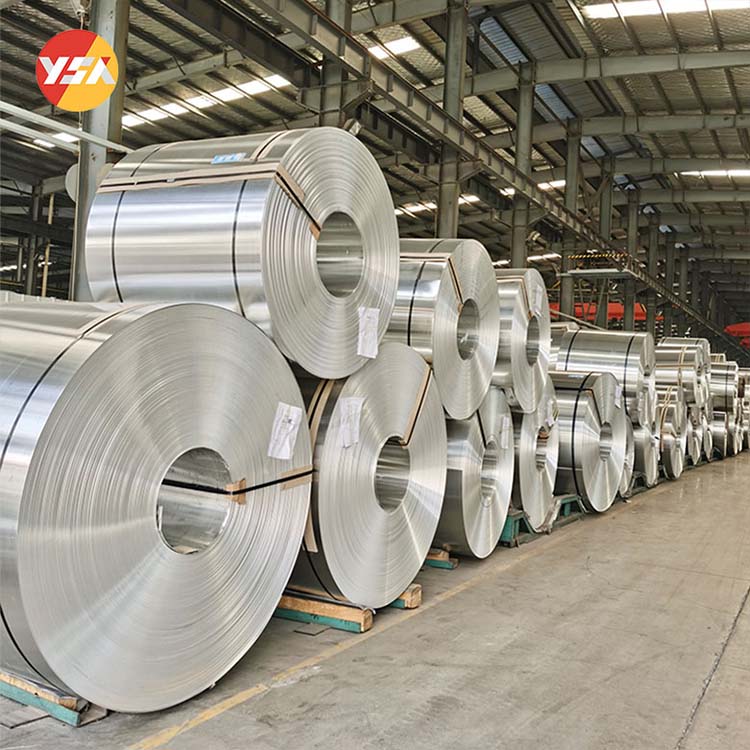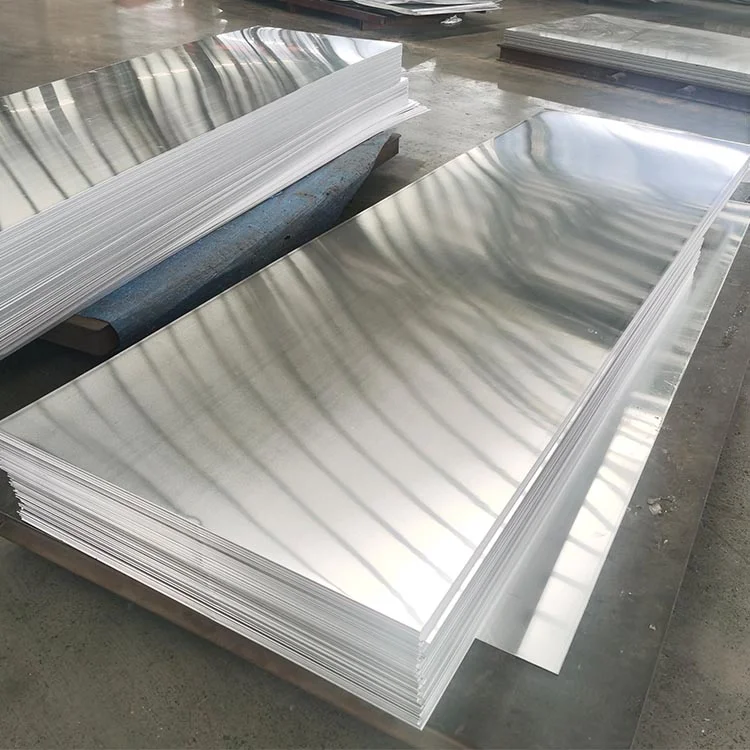In the vast family of aluminum alloys, the 3000 series Aluminum sheet stands out for its unique balanced performance and has become a leader in many basic industrial fields. With Mn as the main alloying element, it has found a delicate balance between cost, formability, corrosion resistance and strength, becoming an indispensable basic material in modern manufacturing.

Why choose 3000 series aluminum sheet?
The core value of the 3000 series lies in its excellent cost-effectiveness and comprehensive performance:
Reliable basic performance: It has a significantly higher strength of about 20% than 1 series pure aluminum, while maintaining the good corrosion resistance, thermal conductivity, electrical conductivity and processing performance of 1 series aluminum.
Outstanding economic performance: The main alloying element manganese has a relatively low cost and a mature production process, making it one of the most cost-effective aluminum alloys.
Excellent formability: It has excellent cold processing capabilities such as deep drawing and stretching, and is easy to make into various complex shapes.
Practical corrosion resistance: It has good corrosion resistance in atmospheric environments and many application scenarios. Although it is not as good as the performance of 5 series and 6 series in specific environments such as the ocean, it is far better than steel.
Good weldability: Conventional welding methods are applicable.
These characteristics make it the first choice for a wide range of applications that require reliable performance, good processability and cost control.
Production of 3000 series aluminum sheet
The production of 3000 series aluminum sheets follows the typical processing flow of deformed aluminum alloy sheets, with the core being “rolling”:
Smelting and casting: High-purity aluminum ingots and precisely calculated manganese additives, such as aluminum-manganese master alloys, are melted, fully mixed and refined in a large furnace to remove impurities and gases. The molten alloy is cast into thick flat ingots through a continuous casting process, usually with a thickness of 200mm to 600mm or more.
Homogenization treatment: The ingots are kept warm for a long time at a high temperature of 500-600°C. This process makes the internal chemical composition and grain structure tend to be uniform, eliminates casting stress, and improves subsequent processing performance.
Hot rolling: The heated ingots are fed into a reversible hot rolling mill and rolled repeatedly for multiple passes. The thickness is greatly reduced from the ingot size to a hot-rolled coil with a thickness of 2-10mm. Plastic deformation ability of rolling at high temperatures.
Cold rolling: After the hot-rolled coils are cooled, they are fed into a cold rolling mill at room temperature for further thinning and finishing. This is a key process to obtain the final required thickness, such as 0.2mm to several millimeters, precise dimensional tolerances, excellent sheet shape and specific surface conditions such as smooth surface and embossing. Cold rolling significantly improves the strength and hardness of the material.
Intermediate annealing: During the cold rolling process, when the material is hardened to the point where it is difficult to continue to deform, it needs to be heated to above the recrystallization temperature and then cooled for annealing. Annealing softens the material and restores its plasticity for subsequent cold rolling or further processing.
Finishing treatment:
- Final annealing: After cold rolling, final annealing may be performed to obtain the required mechanical properties and formability according to the final state requirements of the product.
- Surface treatment: It may include straightening to improve sheet shape, trimming to ensure width accuracy, cleaning, oiling for corrosion protection and lubrication, etc.
- Special treatment: If a specific appearance or performance is required, anodizing, coating (such as PVDF coating for construction), etc. can be performed.
- Inspection and packaging: After strict testing of size, surface quality, mechanical properties, etc., the finished aluminum coils or sheets are packaged and shipped.
Comparison and advantages of 3000 series with other major series
Table1:
| Characteristics | 3000 series | 1000 series | 5000 | Serie 6000 |
| Typical grades | 3003, 3004, 3005, 3105 | 1050, 1060, 1100, 1200 | 5052, 5083, 5754 | 6061, 6063, 6082 |
| Stärke | Medium (better than 1 series) | Niedrig | Medium to high (determined by Mg content) | Medium to high (can be strengthened by heat treatment) |
| Verformbarkeit | Excellent (good deep drawing performance) | Excellent | Good (slightly reduced with high Mg) | Average (better T4 state) |
| Corrosion resistance | Excellent | Excellent | Excellent (especially seawater resistance) | Good |
| Schweißeignung | Good | Excellent | Good to Excellent (Caution for high Mg) | Average (Specific process required) |
| Can be anodized | Good | Good | Good | Excellent(good colorability) |
| Kosten | Niedrig | Lowest | Medium to high | Medium to high |
| Core advantages | Best cost-effectiveness | Excellent formability, Reliable comprehensive performance | High electrical and thermal conductivity, Best corrosion resistance, Best formability | Excellent corrosion High strength and toughness,resistance (especially marine) High strength, Good machinability, Heat treatable, Beautiful appearance |
Summary of the core advantages of 3000 series:
- Strong comprehensive performance: One of the best balance points between strength, formability, corrosion resistance, weldability and cost is achieved.
- Good deep drawing effect: Excellent performance in applications that require complex deep drawing such as tanks and lamp reflectors, which is its irreplaceable key field.
- Significant cost-effectiveness: Compared with the 5 series and 6 series, its raw material and production costs are usually lower, and it is more economical while meeting performance requirements.
- Basic stability: Stable and reliable performance, easy processing, and mature application technology.

Application scenarios of 3000 series aluminum sheet
Thanks to its excellent comprehensive performance, the application of 3000 series aluminum sheets is extremely extensive:
Construction field
- Roofs and wall panels: 3000 series aluminum sheets are highly corrosion-resistant and can withstand harsh environmental factors. They are often used in building roofs and exterior wall panels.
- Decorative materials: ceilings, awnings, downpipes, decorative strips. 3003, 3004, 3005, and 3105 are all commonly used grades, combining beauty, weather resistance, and formability.
- Drainage system: such as gutters and downpipes, their corrosion resistance makes them perform well in humid environments.
New energy field: 3003 and 3005 are commonly used in solar panel frames, and some power battery pack structural parts.
Transportation field
- Automobile manufacturing: used in automobile heat exchangers, body panels, fuel tanks and other parts. Its lightweight and corrosion resistance can help improve fuel efficiency and vehicle durability.
- Ship applications: suitable for certain structural parts of ships, such as hull shells, decks, etc., which can resist corrosion from seawater.
Chemical field
- Chemical equipment: can be used to manufacture chemical equipment such as storage tanks and reactors. Its corrosion resistance can resist the erosion of various chemical media.
- Pipeline system: pipelines used to transport chemical liquids or gases to ensure safety and reliability in corrosive environments.
Beverage cans: 3004 and 3003 alloys are commonly used materials for manufacturing beverage cans, with good formability and sealing.
Electronic and electrical field
- Housing and radiator: used for housings and radiators of electronic equipment. Its good thermal conductivity and corrosion resistance can meet the heat dissipation needs of electronic equipment.
- Home appliance parts: such as the outer shell and internal structural parts of refrigerators and air conditioners, 3000 series aluminum sheets can adapt to humid environments.
General manufacturing: namesheets, signs, lighting components, hardware, DIY materials, chemical containers/pipe linings (non-corrosive environments). Its easy processing and economy are the preferred reasons.
Future-oriented adaptability
As the trends of lightweight, sustainable development and circular economy become increasingly important, the 3000 series aluminum sheet shows continued vitality due to its inherent advantages:
Contributor to lightweight: Replace heavier steel and help energy conservation and emission reduction.
Model of recycling: Aluminum is a 100% recyclable metal with extremely low recycling energy consumption. The 3000 series has mature recycling and reuse processes and high recycling value.
Technological evolution: The production process is continuously optimized, such as more precise rolling control and more environmentally friendly surface treatment technology, which continuously improves its performance and environmental friendliness. It is also exploring applications in emerging fields such as new energy vehicle battery shells.
The 3000 series aluminum sheet may not be as dazzling as some high-performance aluminum alloys, but it has long penetrated into all aspects of modern life with its excellent cost-effectiveness, unparalleled forming ability and balanced and reliable comprehensive performance. From roofs that protect us from wind and rain, to cool beverage cans in our hands, to lamps that illuminate the night, the solid and reliable basic performance of 3000 series materials continues to support the development of industry and the convenience of life. While pursuing the ultimate in material performance, the “right balance” represented by the 3000 series is always one of the most practical and lasting choices in engineering applications.


